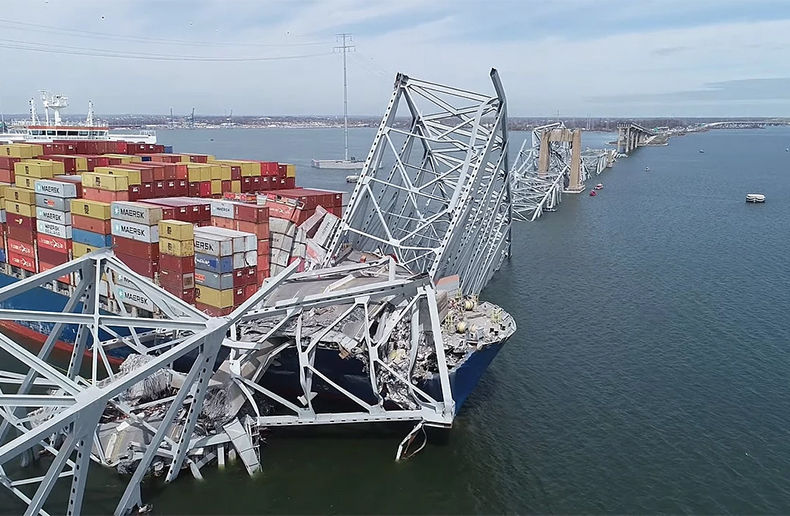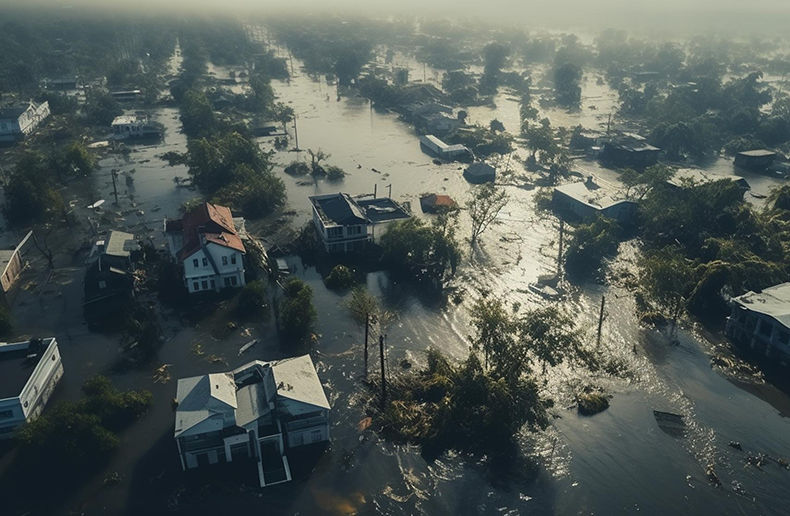Manulife announced Dec. 8 that it has partnered with the National Geographic Society to protect from climate change the physical, cultural and financial well-being of communities that depend on ten culturally significant heritage sites.
Part of the company’s “impact agenda,” Manulife says the partnership to safeguard sites will also help communities share knowledge and create plans using scientific and local knowledge to find sustainable and culturally appropriate solutions to the long-term preservation of the ten sites, “many of which are a major source of economic and cultural resilience for communities,” they write.
Calling the project ambitious, Manulife says it will use local weather data and downscaled climate models to give every historic site a way to visualize how much flooding, heatwaves, sea level rise and changing seasonality will threaten the sites and livelihoods in different warming scenarios. “This allows community leaders and site managers to answer critical questions about which climate impacts they should plan for.”
The ten heritage sites included in this project are:
- Petra, Jordan
- Rice Terraces of the Philippine Cordilleras, Philippines
- Angkor Archaeological Park, Cambodia
- Border Fields, USA and Mexico
- Historical Mosque City of Bagerhat, Bangladesh
- Nan Madol, Micronesia
- Levuka, Fiji
- Koutammakou, the Land of the Batammariba, Togo and Benin
- Sceilg Mhichíl, Ireland
- Port, Fortress, and Group of Monuments at Cartagena, Columbia














